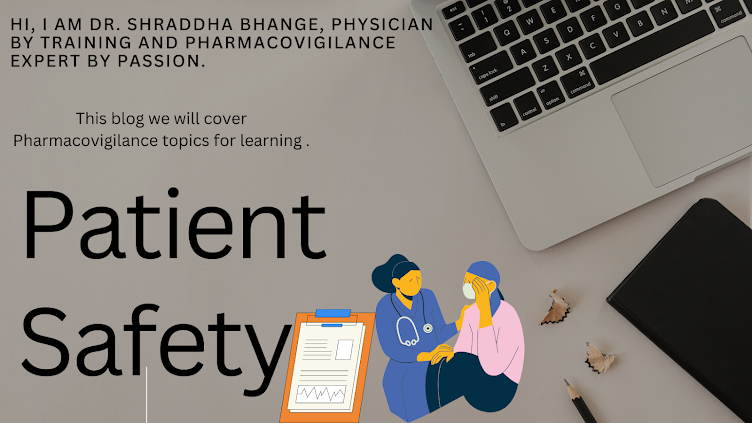Module XV – Safety communication
Continuing the series on Guideline on good pharmacovigilance practices, in this blog i will jump right into module VI having covered module I , II, III, IV, V, VI VII, IX and X in previous blogs.
This module describes the active dissemination of safety information to HCP, Patients and consumers that promotes and ensures rational, safe and effective use of medicines, preventing harm from adverse reactions while preventing or minimizing risks associated with product.
Reference :https://www.ema.europa.eu/en/documents/scientific-guideline/guideline-good-pharmacovigilance-practices-module-xv-safety-communication-rev-1_en.pdf
What is safety communication?
Safety communication is a broad term covering different types of information on medicines, including statutory information as contained in the product information (i.e. the summary of product characteristics (SmPC), package leaflet (PL) and the labelling of the packaging) and public assessment reports. Typically this communication pertains to the new safety information that impacts the medicinal product in such a way that it has an impact on patient population or general population.
This new safety information is not addressed in current knowledge and awareness that HCPs or consumers or patients have i.e. not covered as per current package insert, USPI, SmPC etc. This safety information's is new risks that needs to be communicated to prescribers and users.
When is it needed?
The need for communicating safety information should be considered throughout the pharmacovigilance and risk management process, and should be part of the risk assessment and risk minimization measures. Usually it is needed when a new risk or known risk with changed frequency, severity, seriousness and outcome is observed which is not currently or not adequately addressed.
Who prepares for whom?
MAH
prepares the safety communication as per the template and details and submits
to agency/NCA for approval along with safety communication plan within reasonable
time and agency/NCA along with other relevant authorities approve it. Once
approved MAH, NCA, agency and other key stakeholders collaborate to disseminate
this to HCP, Patient, caregivers, consumers etc via various channels.
How is it prepared ?
The template is provided by agency which is outlined below for DHPC (Direct healthcare professional communications)
Title : Describe the product (dosage, indication, form ) alongside key message ( the event/risk/new safety information and how to address it). Usage of lay language when needed.
Summary: describe the risk, clinical relevance, severity, treatment, frequency etc
Background: describe how this is relevant, indication etc
Call to action: urge to report such events and contact details of MAH
How is it disseminated?
Various modes and modalities are used, collaboration between various stakeholders is necessary's.
Press, bulletin, website, social media etc.
This module helps understand the requirements of how to prepare, compile and distribute safety communications.
Written by:
Connect with me Via comments below. (I do not respond to Facebook or Linkedin messages actively)


No comments:
Post a Comment
Please share your suggestions, they are most welcome!